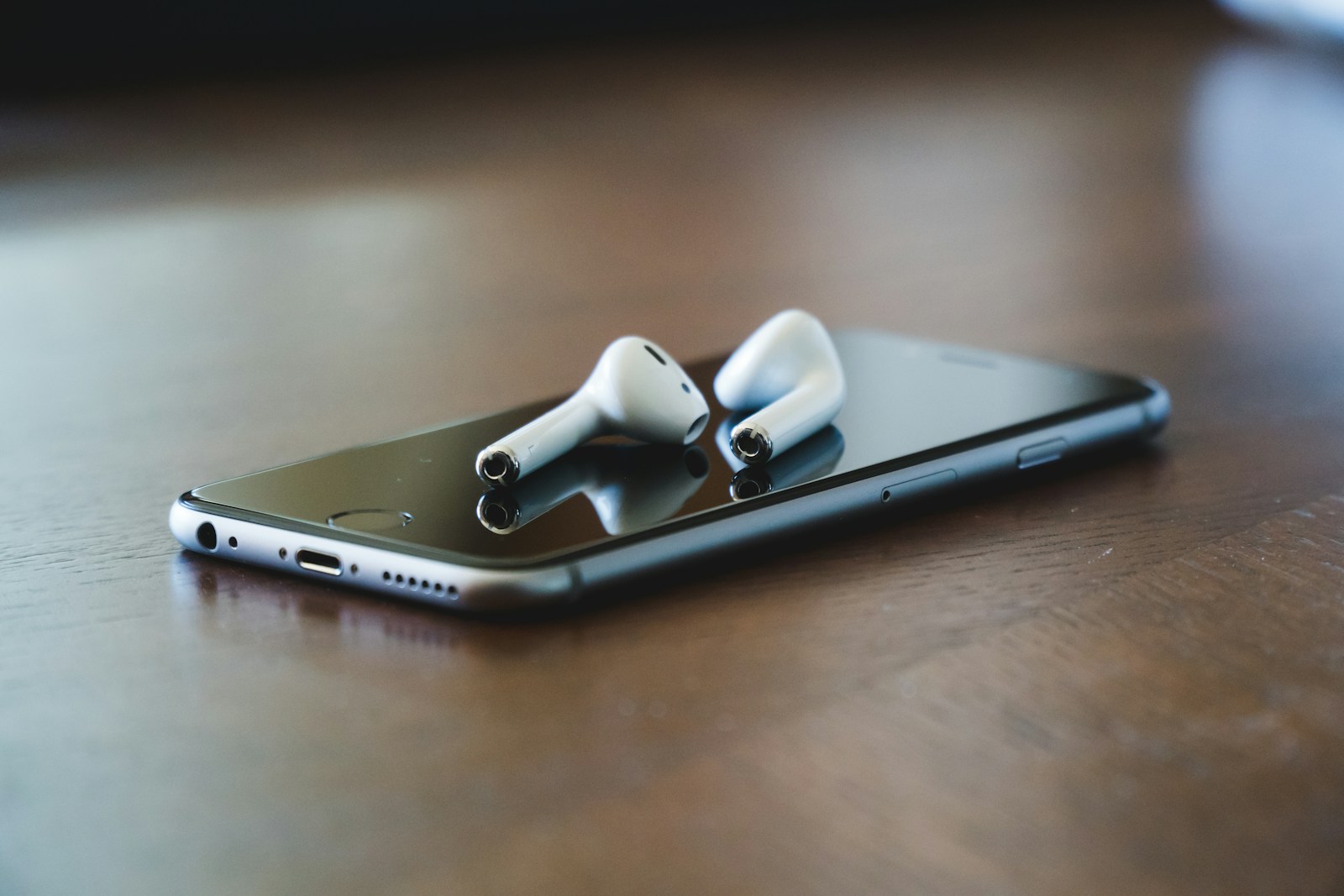In the journey to enhance the quality of life for those experiencing hearing loss, selecting the right hearing aid is pivotal. With advancements in technology and design, the array of options available can be overwhelming. This comprehensive guide aims to demystify the process, offering insights and tips to help you find the best hearing aid tailored to your lifestyle.

Understanding Hearing Loss
Before diving into the myriad of hearing aid options, it’s crucial to understand the nature and extent of your hearing loss. Hearing loss can range from mild to profound and can affect different frequencies of sound. Consulting with an audiologist or hearing specialist is the first step. They can provide a detailed hearing assessment and guide you through the next steps.
Lifestyle Considerations
Your lifestyle plays a significant role in choosing the right hearing aid. Whether you’re a social butterfly, an outdoor enthusiast, a tech-savvy individual, or someone who cherishes quiet moments, there’s a hearing aid designed to meet your needs. Here are key lifestyle considerations to keep in mind:
- Activity Level: More active lifestyles may benefit from hearing aids that are robust, water-resistant, and offer seamless connectivity with mobile devices.
- Work Environment: Those working in noisy environments might need hearing aids with advanced noise reduction technologies.
- Social and Family Life: For those who enjoy social gatherings, options with directional microphones and telecoil capabilities can enhance speech understanding in crowded settings.
- Leisure Activities: If you love attending concerts, theaters, or watching TV, look for hearing aids that offer settings tailored to these environments.
Types of Hearing Aids
Hearing aids come in various styles, each with its advantages and considerations. Here’s a brief overview:
- Behind-The-Ear (BTE): Versatile and powerful, BTE hearing aids are suitable for almost all types of hearing loss. They are noticeable but offer significant amplification.
- In-The-Ear (ITE): ITE hearing aids are less visible than BTE models and can be easier to handle, making them a good choice for those with dexterity issues.
- In-The-Canal (ITC) and Completely-In-Canal (CIC): These are more discreet options, fitting partially or completely within the ear canal. They’re less visible but may be challenging to handle for some users.
- Receiver-In-Canal (RIC): RIC hearing aids are similar to BTE models but with the speaker placed directly in the ear canal, offering a more natural sound quality and less visible design.
Key Features to Consider
Modern hearing aids are equipped with a range of features designed to improve the listening experience. Here are some to consider:
- Directional Microphones: Enhance speech understanding in noisy environments by focusing on the sound coming from in front of you.
- Rechargeability: Offers convenience and eliminates the need to frequently change batteries.
- Bluetooth Connectivity: Allows for direct streaming from smartphones, TVs, and other devices.
- Noise Reduction: Reduces background noise to improve listening comfort in challenging environments.
- Tinnitus Masking: Provides relief for those who also suffer from tinnitus by generating a masking sound.
- Remote Control: Enables easy adjustments of settings without touching the hearing aid.
Making the Decision
With a clear understanding of your hearing needs and lifestyle, along with knowledge of the types of hearing aids and their features, you’re well-equipped to make an informed decision. However, here are a few additional tips to ensure you find your perfect match:
- Trial Period: Many providers offer a trial period. Take advantage of this to test how the hearing aid performs in your daily life.
- Warranty and Aftercare: Look into the warranty and aftercare services provided. Good support can make a significant difference in your satisfaction with the hearing aid.
- Feedback from Users: Read reviews and talk to other hearing aid users. Their experiences can provide valuable insights.
- Cost Considerations: While cost is an important factor, it’s also crucial to invest in a hearing aid that meets your needs and enhances your quality of life. Explore options like insurance coverage, financing plans, or grants that may help offset the cost.
Embracing the Journey
Selecting the right hearing aid is a journey that can significantly improve your quality of life and ability to connect with the world around you. By considering your individual needs, lifestyle, and the features that matter most to you, you can find a hearing aid that brings harmony to your hearing experience. Remember, the best hearing aid is the one that you feel comfortable with, meets your hearing needs, and supports your lifestyle. Embrace this journey with optimism, and let it lead you to a world of clearer, richer sounds.
In conclusion, finding the best hearing aid for your lifestyle is a personalized process that involves understanding your hearing loss, considering your lifestyle needs, exploring the types of hearing aids and their features, and making an informed decision with the guidance of a hearing professional. By taking these steps, you can enhance your hearing experience and enjoy a fuller, more connected life.
Stelly is a health enthusiast and a devoted mom who channels her passion for wellness into her writing. With a strong focus on living a balanced and healthy lifestyle, she shares insights on everything from nutrition to self-care. Her love for yoga and staying active reflects her commitment to personal well-being, and she enjoys finding peaceful moments to read and recharge. Stelly's experiences as a mother and her dedication to health inspire her to offer practical, relatable advice to others looking to enhance their well-being while navigating the demands of daily life.
